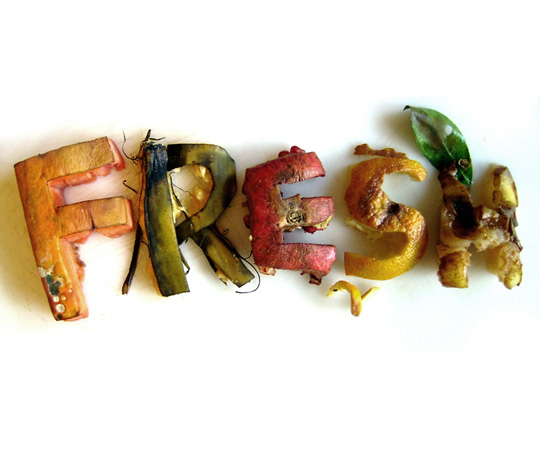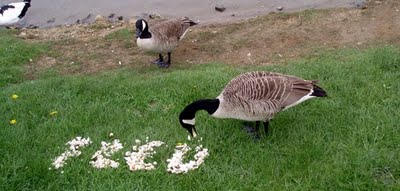What is Typography? I Thought I Knew.
By Erika Goering,
This project will be different. Very different. In fact, it’s probably going to end up completely removed from traditional typography, and become more about invention and discovery of new ideas and ways to communicate.
This class is challenging my ideas of what typography even is. Maybe it’s no longer about letterforms and visible legibility. Maybe typography is, in a broader sense, how someone can convey an idea, through some sort of semi-controllable media. In fact, I don’t think this is a typography class at all anymore. It’s an innovation class.
My original idea of Twitter affecting physical type is a bit of a one-note idea. Sure, there’s a cause and effect, but what about some unknown variables? Well, that idea is starting to give birth to a million other ideas that are becoming less and less attached to typography as I know it. And I guess that’s okay.
What about a human element? Yes, there are humans at the other end of those Twitter posts, but what if an actual person were to physically interact and influence whatever this project is?
What happens if there’s more than one device or person affecting the project? How will that change/determine the ultimate message?
What if the type is digital and dynamic? What if it’s shown on a display, and it changes based on certain to-be-determined variables?
What if it’s not about Twitter specifically? What if the vibrations are in response to more personal, one-on-one messages? How does that aspect affect the message?
What if the typographical aspect is invisible? Can changes in kinds of vibrations themselves be typography? They can sure be communicative. (For example, I know without looking at anything that my phone is set up so that two soft vibrations is an email, and 5 crazy ones is a text from someone important.) So, yeah, I think vibrations can be typography.
What if vibrations are separated from the phone? What implications does that have? If the device with the message is detached from the device giving the alert, what does that do to the message?
What if vibrations are only one sensory aspect of notification? What about sound? Visual elements? Smell?? Taste??? Anything’s fair game.
What if there’s an augmented reality aspect to it? And the real world is supplemented with lots of intangible things? What if I look at a classmate and their tweets and blog posts and other status updates and whatnot just hover over their heads? That’d be cool. Or what about a live caption thing, where subtitles show up in realtime when someone’s talking? That could be very useful. Or how about having multi-lingual labels on real-life objects, in order to be exposed to a new language?
…I guess what I’ve gotten out of my first round of experimentation is just more questions. Which is fine. I’m here to learn and guess and adventure and hypothesize.
My goals for this project (until they change again) are:
- Speculate what technology and social media could be. Maybe they will become more personal.
- Don’t limit typography to just letterforms and reading. There’s more to it than that.
- Invent something.
- Discover something.
- Have fun!
- Take huge risks. Make this project worthwhile.
- Fail if need be. But learn from it.
Filed under: KCAI, Learning, Typography4
Comments: Comments Off on What is Typography? I Thought I Knew.

